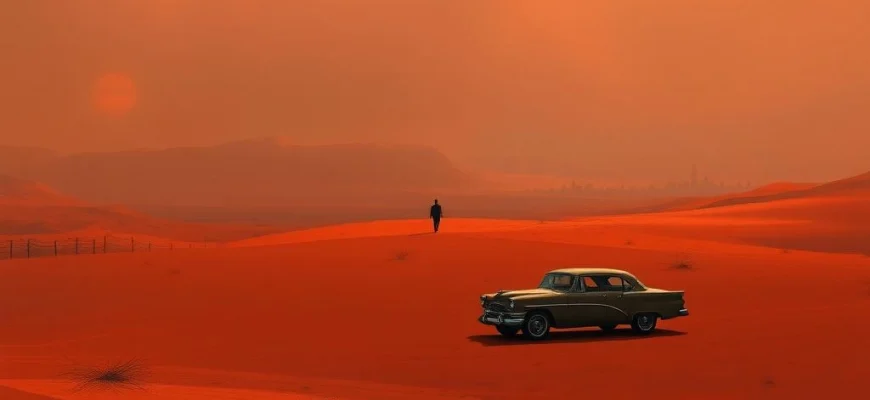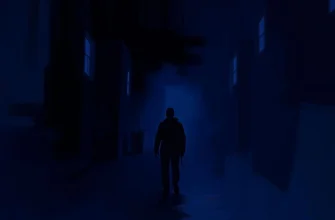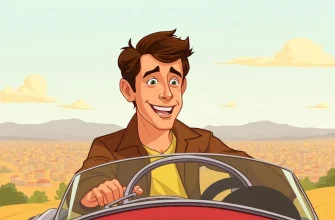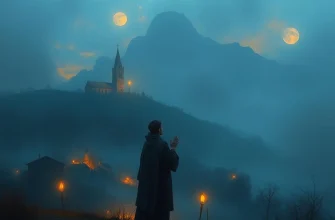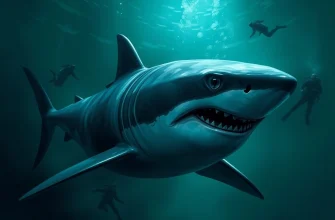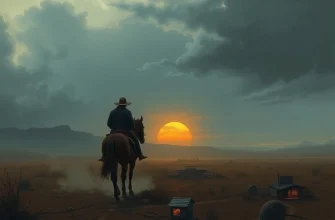Si vous avez été captivé par 'Le Désert rouge' (1964), ce film emblématique de Michelangelo Antonioni, vous cherchez peut-être d'autres œuvres qui partagent son atmosphère poétique et son exploration des paysages intérieurs. Cet article vous propose 10 films et séries similaires, mêlant mélancolie, beauté visuelle et réflexion sur la condition humaine.

The Seventh Seal (1957)
Description: A philosophical exploration of life, death, and faith, presented through stark, symbolic imagery and a slow, deliberate pace.
Fait: The iconic chess game with Death was inspired by a medieval church painting the director saw as a child.
 Regarder
Regarder

L'Avventura (1960)
Description: Explores themes of alienation and existential ennui through slow, contemplative storytelling and striking visual compositions.
Fait: The film was initially booed at the Cannes Film Festival but later won the Jury Prize.
 Regarder
Regarder
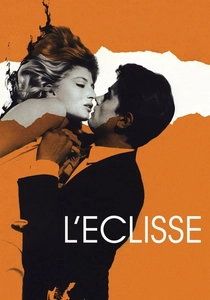
L'Eclisse (1962)
Description: Features a fragmented narrative and a focus on the emotional emptiness of modern life, with a strong emphasis on visual symbolism.
Fait: The final seven-minute sequence is famous for its absence of the main characters, focusing instead on urban landscapes.
 Regarder
Regarder
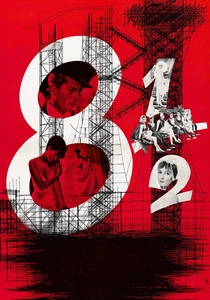
8½ (1963)
Description: A surreal and introspective journey into the creative process and personal turmoil, blending reality and fantasy seamlessly.
Fait: The title refers to the number of films the director had made up to that point: six full-length features, two short films, and one segment in a collaborative film.
 Regarder
Regarder

Winter Light (1963)
Description: A stark examination of spiritual crisis and human isolation, told with minimal dialogue and a somber visual style.
Fait: The film was shot in just 39 days, with many scenes completed in a single take.
 Regarder
Regarder
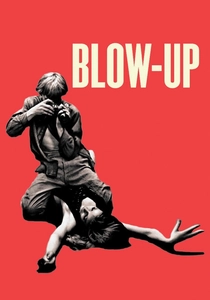
Blow-Up (1966)
Description: Delves into the ambiguity of perception and reality, using meticulous cinematography to create a dreamlike atmosphere.
Fait: The film's iconic park scene was shot in Maryon Park, London, which was later demolished.
 Regarder
Regarder

Persona (1966)
Description: A psychological exploration of identity and human connection, presented through innovative visual and narrative techniques.
Fait: The film's opening sequence includes a brief shot of an erect penis, which was highly controversial at the time.
 Regarder
Regarder

Solaris (1972)
Description: A sci-fi film that prioritizes psychological depth and philosophical questions over action, with a haunting, introspective tone.
Fait: The film's ocean planet was created using a mixture of liquid metal and dyes, giving it a unique, otherworldly appearance.
 Regarder
Regarder

The Passenger (1975)
Description: Examines themes of identity and existential drift, with long, meditative takes and a focus on atmospheric tension.
Fait: The famous seven-minute single-take shot through the window bars was achieved with a custom-built camera rig.
 Regarder
Regarder

Three Colors: Blue (1993)
Description: A profound meditation on grief and liberation, characterized by its use of color and minimalistic storytelling.
Fait: The film's score was composed by Zbigniew Preisner, who created a fictional composer as part of the narrative.
 Regarder
Regarder

